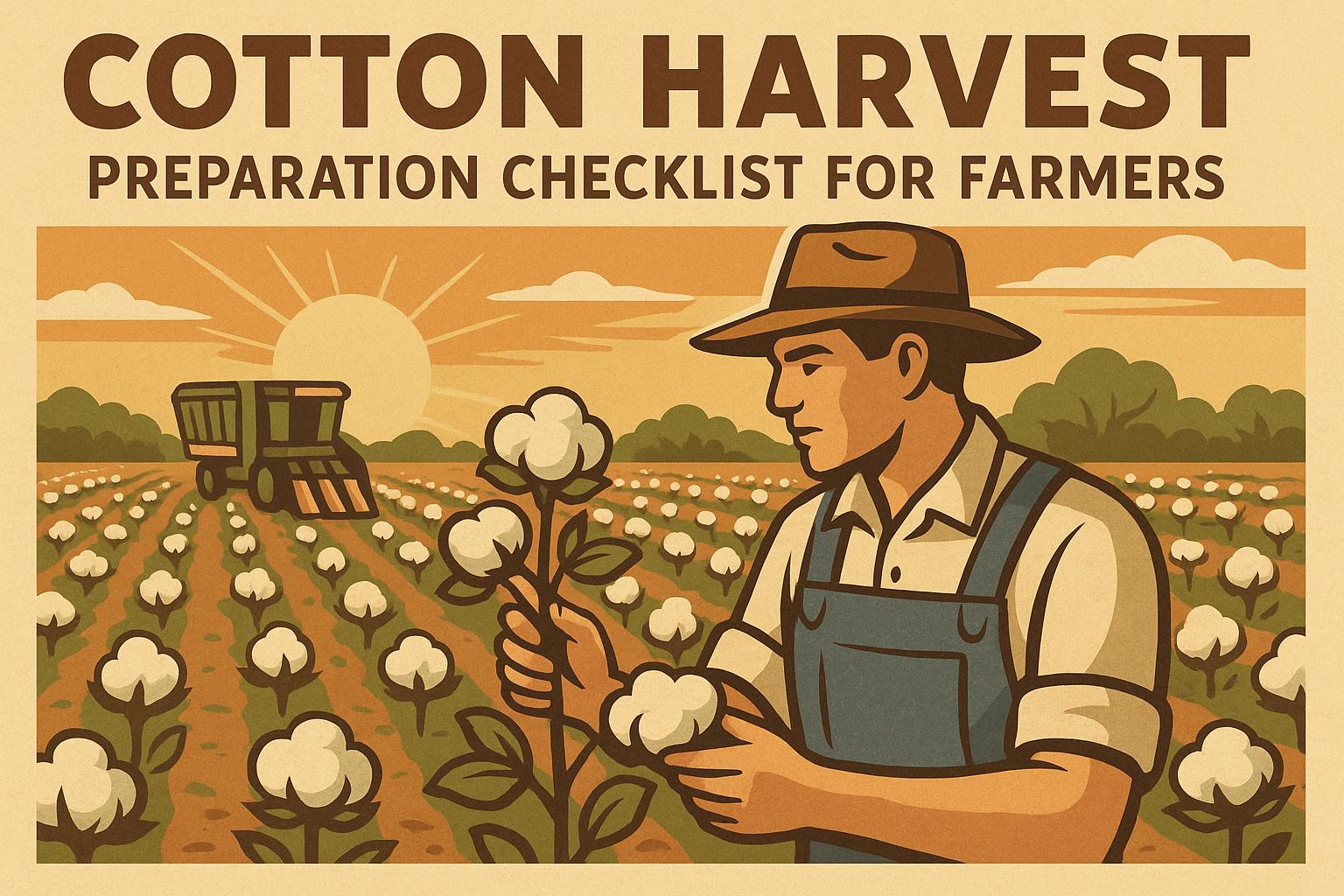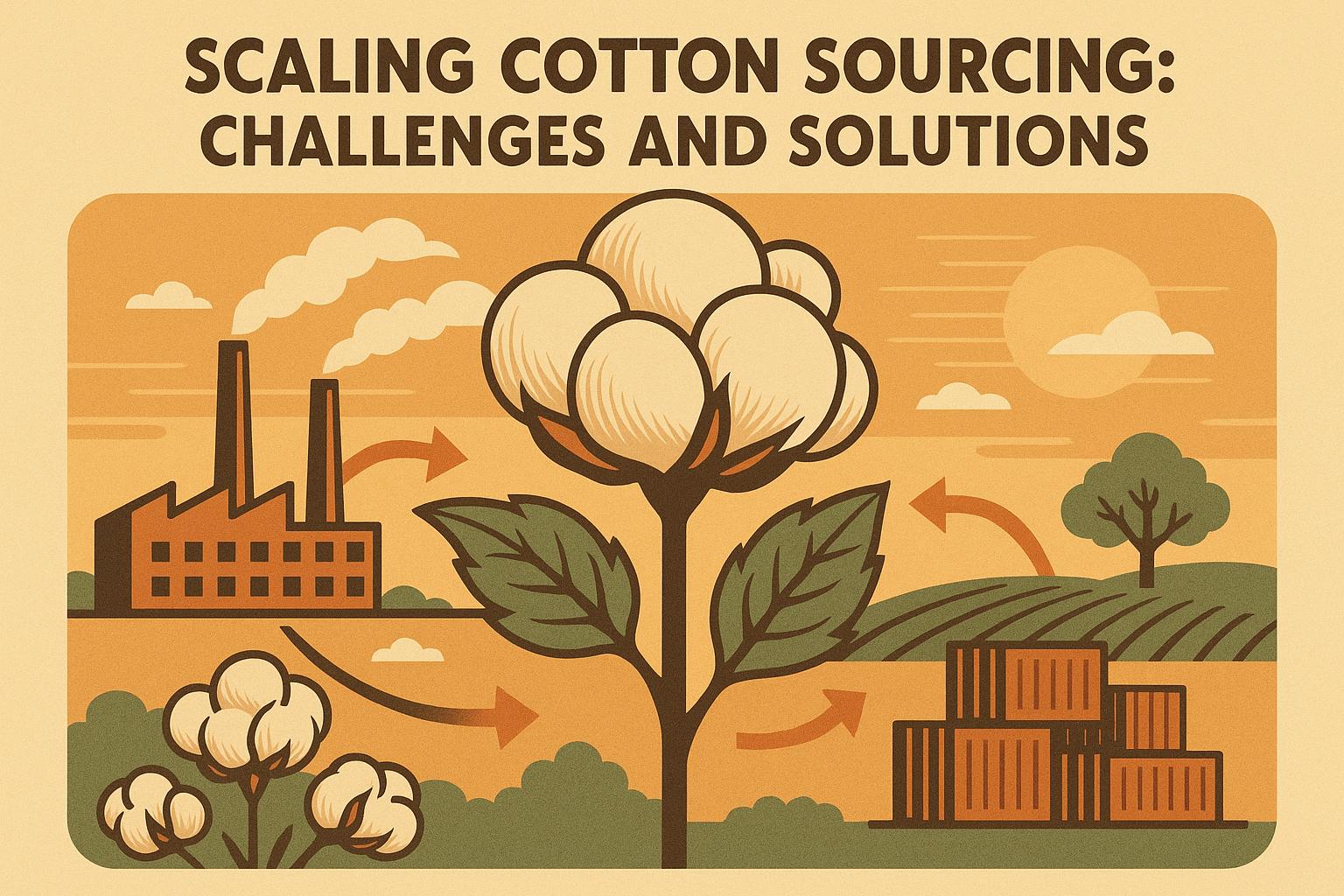Cotton seed treatment strategies play a pivotal role in fortifying seedlings against early-season threats, enhancing germination rates by 10-20% in challenging soils where fungal pressures or nematode loads compromise stands, especially in variable Mid-South clays or arid Southwest sands. For veteran growers managing thousands of acres with precision planters, refined cotton seed treatment strategies integrate fungicides, insecticides, and bio-stimulants to optimize root proliferation, ensuring robust emergence that underpins yields exceeding 1,200 pounds per acre amid fluctuating DD60 accumulations. Unlike untreated lots vulnerable to Pythium damping-off or Rhizopus seedling blight, targeted cotton seed treatment strategies mitigate abiotic stresses like cool, wet springs, preserving micronaire uniformity and reducing replant risks that inflate costs by $50-100 per acre. In rotations where soybean cyst nematodes carry over, these cotton seed treatment strategies not only safeguard hypocotyl integrity but also amplify nutrient scavenging, trimming starter fertilizer needs by 15-25% through enhanced mycorrhizal associations. This guide dissects formulation selections, application protocols, and integration frameworks drawn from extension trials, empowering seasoned operators to elevate stand counts while navigating resistance concerns. Link to our cotton variety selection key factors post for complementary genetics in your treatment arsenal.
Decoding Seedborne Pathogens and Environmental Risks
Cotton seed treatment strategies must address a spectrum of seedborne and soil-dwelling pathogens that exploit vulnerabilities during imbibition, where Fusarium virguliforme or Thielaviopsis basicola can slash viability 20-40% in saturated profiles. Extension data pegs seedling disease complexes as culprits in 15-25% stand losses annually, amplified in no-till residues harboring sclerotia.
Abiotic factors compound: Soil temps below 60°F delay radicle elongation, while crusting in silt loams impedes hypocotyl push. Regional profiles vary—Delta humidity fosters bacterial blights, Plains aridity osmotic barriers. Assay seed lots pre-treatment via vigor tests (cool germ >80%) to baseline risks. These insights steer cotton seed treatment strategies, prioritizing broad-spectrum shields for uniform pops.
Selecting Fungicide Components for Broad-Spectrum Protection
Fungicide anchors fortify cotton seed treatment strategies against damping-off spectra, blending metalaxyl for oomycete suppression with fludioxonil targeting Fusarium at 0.08-0.16 oz/cwt, per label rates that curb incidence 70-90% in trials. Triazole inclusions like prothioconazole bolster Rhizoctonia defenses, sustaining root mass 15-20% in infested plots.
Layer SDHIs (sedaxane) for extended residual against soil fungi; avoid over-reliance to stall FRAC group shifts. For organics, copper-based fixes offer 40-60% efficacy sans synthetics. Extension mixes affirm 10-15% germination uplifts. These selections in cotton seed treatment strategies tailor to pathotype prevalence, optimizing ROI.
Insecticide Integrations: Thwarting Early-Season Pests
Insecticidal overlays elevate cotton seed treatment strategies, deploying imidacloprid or thiamethoxam at 0.375 mg ai/seed to neutralize thrips vectors transmitting tomato spotted wilt, slashing populations 80-95% through R1. Clothianidin alternatives deter wireworms in rotated fields, preserving 10-20% stands.
Thresholds guide: Scout >5 thrips/plant prompts; nematode synergies demand nematicides like abamectin. Systemic uptake peaks at V2, bridging foliar gaps. Trials show 8-12% yield edges from protected vigor. These cottonseed treatment strategies counter subterranean threats, fostering unchecked squaring.
Bio-Stimulants and Inoculants: Enhancing Physiological Vigor
Biological enhancers amplify cotton seed treatment strategies, incorporating humic acids or seaweed extracts at 4-8 oz/cwt to spur gibberellin pathways, boosting radicle length 15-25% under stress. Rhizobia inoculants for legume rotations carry forward N-fixation, trimming urea apps 20-30 lbs/acre.
Mycorrhizal fungi (Glomus spp.) extend phosphorus foraging, uplifting P-use efficiency 10-15% in low-OM sands. Plant growth regulators like mepiquat seed soaks temper etiolation. Organic trials validate 5-10% emergence gains. These additives in cotton seed treatment strategies harness synergies, reducing synthetic loads.
Application Protocols: Ensuring Uniform Coverage
Precision coating underpins effective cotton seed treatment strategies, utilizing rotary drum applicators for 95%+ adhesion at slurry rates of 6-10 fl oz/cwt, avoiding clumping that skews distribution 20-30%. Downstream treaters integrate with colorants for visual QA.
Calibrate for seed size—Pima demands finer mists; test via tetrazolium for viability post-treatment. Storage: Maintain <70°F to preserve actives 6-12 months. Extension protocols affirm calibrated apps lift field efficacy 15-20%. These steps in cotton seed treatment strategies guarantee delivery, maximizing protection.
Integrating Treatments with Planting Practices
Holistic deployment refines cotton seed treatment strategies, syncing with shallow placements (0.5-0.75 inch) in warm beds (>68°F) to accelerate emergence, minimizing exposure windows by 3-5 days. Variable-rate seeding (25,000-40,000/acre) zones treatments to risk gradients.
Starter bands (10-34-0 at 5 gal/acre) complement, enhancing root intercepts. In furrow fungicides bridge seed treatments in high-pressure zones. Trials net 10-15% stand uniformity gains. This integration in cotton seed treatment strategies aligns with agronomics, optimizing establishment.
Resistance Management: Rotating Actives and Modes
Stewardship sustains cotton seed treatment strategies, rotating FRAC/IRAC groups annually—e.g., alternate strobilurins with triazoles—to curb pathogen adaptations, per guidelines limiting single-mode exposures. Monitor via bioassays for shifts.
Multi-site actives like captan buffer rotations. For pests, threshold-based scouting informs; integrate Bt traits for above-ground relief. Extension rotations extend efficacy 2-3 years. These practices in cotton seed treatment strategies preserve tools, averting breakdowns.
Economic Analysis: ROI of Seed Treatment Investments
Fiscal vetting validates cotton seed treatment strategies: Base costs $15-25/acre, yield 100-200 lb/acre, protections at 75-cent prices, netting $50-100 returns. Premium bio-blends add $5-10 but trim replants $30-50.
| Component | Cost/Acre | Protection Level | Net Yield Gain |
|---|---|---|---|
| Fungicide Base | $8-12 | 70-80% disease curb | +8-12% |
| Insecticide Add | $5-8 | 80-95% pest knockdown | +5-10% |
| Bio-Stimulant | $3-5 | 10-15% vigor boost | +3-7% |
| Full Stack | $15-25 | Comprehensive | +15-25% |
Model per infestation; thresholds justify. These metrics in cotton seed treatment strategies affirm profitability.
Regional Adaptations: Customizing to Local Challenges
Tailor cotton seed treatment strategies regionally: Humid Southeast emphasizes fungicides for bacterial wilt; arid Southwest insecticides for flea beetles. Mid-South nematodes demand avermectins; Plains crusting bio-stimulants.
Challenges: Variable seed quality? Vigor-test. Costs? Co-op bulk buys. Efficacy dips? Scout post-emerge. Solutions ensure relevance in cottonseed treatment strategies.
Monitoring and Scouting: Post-Treatment Evaluations
Vigilance refines cotton seed treatment strategies, scouting VE-V2 for stand counts (>3 plants/ft) and digs assessing root health—expect <5% lesions. Apps track DD60 to emergence (150-200 units).
Adjust via replant decisions if <2 plants/ft. Annual records benchmark tweaks. These cottonseed treatment strategies enable data-driven evolutions.
Innovations: Emerging Technologies in Seed Protection
Tech frontiers advance cotton seed treatment strategies: Nano-encapsulations extend releases 20-30%; CRISPR-edited tolerances integrate. Sensors predict risks via soil metagenomics.
These propel cotton seed treatment strategies forward.
In summary, strategic cotton seed treatment strategies secure foundations through layered protections. Assay risks, rotate actives, integrate agronomics, and monitor vigilantly. Review annually for optimizations. Link to our nutrient management strategies for cotton farming post for fertility synergies. What's your treatment tweak?


